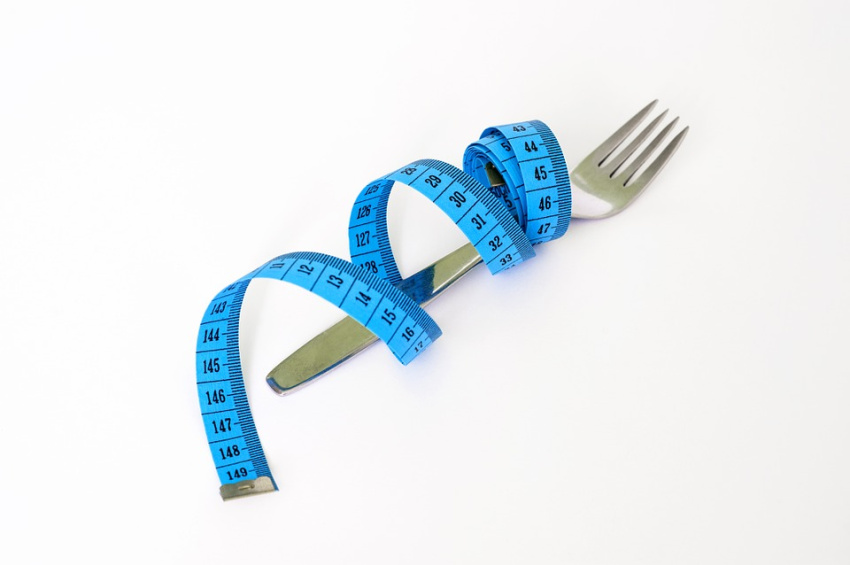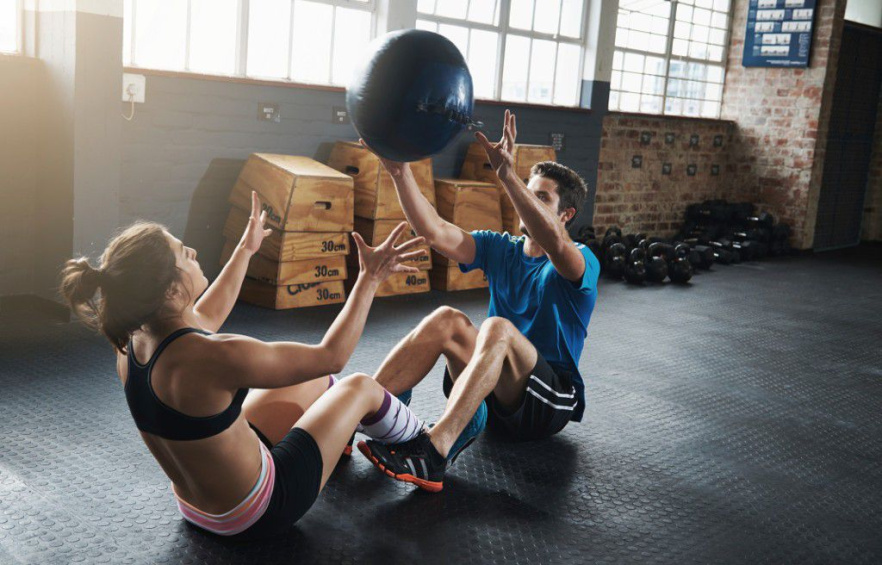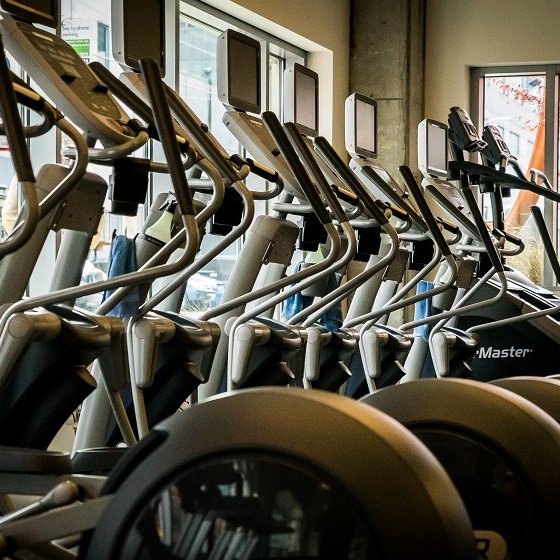The holidays are coming and that means plenty of celebrations and gatherings of family and friends. Sitting and breaking bread, enjoying traditional dishes, and making memories are all a part of the season. But how do you participate and relish the season but not over-indulge? We are going to share some great approaches that will help you enjoy the holidays and not feel deprived, yet stay on track with your commitment to a healthy lifestyle.
- Remind yourself that you can eat healthy most of the time: It is not a matter of all in or all out. You can make the choices for fresh, wholesome food most of the time, and save those indulgences” for the parties or special holiday events.
- Look ahead: When you know there is an office party mid-week, and another holiday event on the weekend, “schedule” yourself some indulgences, while at the same time “schedule” the rest of the days for staying on track. This approach helps you to not be making decisions in the moment and staying in control. You are less likely to completely fall off the wagon.
- Party ahead: That is have a pre-party at home with some healthy options such as nuts, fruit, and proteins. Arrive satisfied and your plan won’t get de-railed.
- Plan for your workouts: You may splurge a bit on your treats, but if you enter your workout times into your calendar as appointments with yourself, you feel less defeated and getting back full on your nutrition plan after the holidays will be easier and you are less likely to throw in the towel completely
- Avoid those empty liquid calories. While alcohol is high in calorie count, it also leaves us feeling less satisfied and with reduced self-control, which leads to over-consumption. When you first arrive, choose soda water or lemon water before the meal or even before you leave the house.
- It’s about portion control: Don’t sweat over “banned” foods, instead keep your potions smaller and balanced with the healthier choices for most of the meal and smaller portions for those special foods. Choose the smaller dessert sized plate and decide to just take tastings of your favorites, rather than full scoops or slices.
- Keep that fridge well stocked: Having plenty of fruits and veggies in the fridge and easy to reach for is a great strategy for beating temptation and junk food.
- Planned Indulgences: If you are going to allow yourself those indulgences (and we suggest that you DO!), then promise yourself not to waste those calories on junk that is tasty, yet not important to you. Keep them small and plan your day or weekend to allow for those treats that are truly special and worth the “cheat”.
- Chew gum: Seriously! Make sure to bring along some gum with the plan to pop it in your mouth once you have finished your plate. You are waaaay less likely to snack once you have a nice clean palette and fresh breath.
- Think about your emotional triggers around food and especially around the holidays. If you have identified those, you are less likely to feel blindsided when your great aunt makes her annual comment that drives you to the dessert table. It helps to understand the issues that factor into over eating and the knowledge that your triggers: emotional eating is consuming in response to feelings instead of true hunger.
Remind yourself with notes on your mirror that you are choosing these strategies and it is a matter of your game plan and not a cause for feeling deprived. Incorporate these strategies and decide on a good mental approach that will go a long way in defining the holidays as a success, rather than a season to recover from in January.
Featured photo source: Pixabay.com









